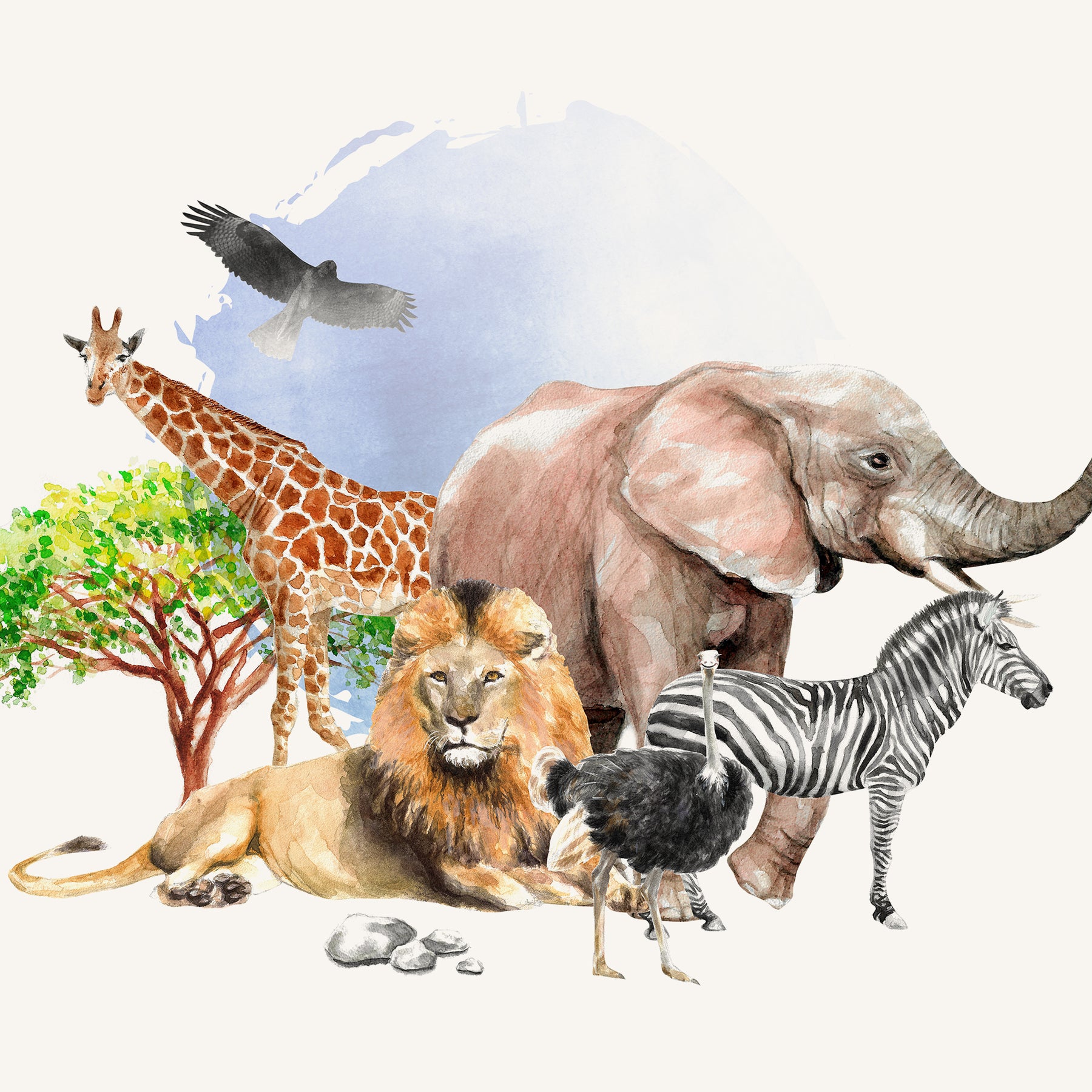
World Wildlife Day
 As you may already be aware, elephants, rhinoceros, tigers, sharks, and pangolins are among the most poached animals in the world. However, habitat loss as a result of development, farming, and overgrazing is considerably the largest threat to wildlife. The United Nations have estimated that these factors contribute to 80 percent of the loss in biological diversity. At this rate, nearly 20 percent of the world’s wildlife will go extinct in the next 30 years.
As you may already be aware, elephants, rhinoceros, tigers, sharks, and pangolins are among the most poached animals in the world. However, habitat loss as a result of development, farming, and overgrazing is considerably the largest threat to wildlife. The United Nations have estimated that these factors contribute to 80 percent of the loss in biological diversity. At this rate, nearly 20 percent of the world’s wildlife will go extinct in the next 30 years.
Perhaps this information flew over your head and you are still wondering what a pangolin is. For the sake of your curiosity, let’s look at this animal and the challenges it faces today. No, this is not a species from the penguin family and it’s not a puffin. Pangolins, the world’s most trafficked mammals, are scaly anteaters. There are eight pangolin species, found across Sub-Saharan Africa and tropical Asia, that are at risk of extinction.

These mammals are killed for their lamina, which are composed of keratin. Their scales are ground into powder or paste as, scientifically unproven, remedies. To prevent another animal from the risk of extinction, the Convention on International Trade in Endangered Species (CITES) banned the commercial trade of pangolins. The largest confiscation of pangolin scales occurred in 2017. An estimated 13.1 tons of African pangolin scales (that’s roughly 20,000 pangolins!) were transported to China. What’s more, pangolin fetus, believed to be a male enhancement, are eaten in soup. This is done to demonstrate social status among the wealthy. It’s astonishing that a pangolin’s armor can protect it from a pack of lionesses but against a human it is cleaved.

The pangolin population further declines with habitat loss and slow reproduction─ a pangolin has a birth rate of one baby per year. If the species continues to dwindle, African and Asian communities will experience economic disaster. This endangered species is essential to the ecological system, as they eat termites. Without their role, the buildings in the local communities will, quite literally, fall.
These animals are victims of the same world wide criminal network that poaches elephants and rhinos. Thankfully, CITE’s treaty established the confiscation and rescue of pangolins to protect their population. Conservation programs, such as the one in Cuc Phuong National Park, work to return the animals to the wild. But this isn’t the only animal whose offspring are in danger.

The semi-desert of northern Nambia is the black rhinos’ last known habitat. Fewer than 5,000 live in Africa, classifying them as a critically endangered species. They have faced the human threat of poaching, but their living conditions are doubly challenged. The rhino’s habitat is undergoing severe drought. Although they can go 3 or more days without water, a lack of hydration will starve a calf because the cow won’t produce enough milk for feeding.
A conservation organization, Save the Rhino Trust, has managed to monitor the Nambia reserve to prevent the illegal hunting that has devastated rhino populations in, neighboring, South Africa. These conservation organizations finance their effort through contributions from tourists and locals who visit the camps. This system of community gives collective ownership in our planet's future.

If this hasn’t inspired a desire to play a part in caring for the planet, perhaps we should look at another endangered animal. In India’s Ranthambore National Park lives the Bengal Tiger, a wild cat limited by human demand. The danger of poaching has been alleviated with camera traps monitoring criminal activity on the reserve. However, as communities grow and forest cover is lost to climate change, the tigers are limited to the territory they can roam. It is the intrusive human activity that brings about wandering tigers in Indian towns.
The World Wildlife Fund is working in accommodating the two populations to coexist. By reducing citizen’s forest dependency the migrating paths of the tigers are preserved. The initiative encourages farmers to plant fodder for livestock close to their home instead of making them graze in the forest. This has dual benefits. See, the forest serves both species in that it is the last resource for establishing a sustainable water supply.
Though changes have been made to secure habitats for both humans and tigers, one challenge remains in the land; drought. The forest cover is the only hope to restore the soil’s fertility. For this reason, the forest department has shown financial support in planting nurseries to restore the lost vegetation. These steps towards reviving habitats are essential not only for wildlife, but for the entire ecosystem.

How You Can You Show Appreciation for Wildlife
- Support the cause to save wildlife by visiting animals and experience nature at a local aquarium, nature center, reserve, national park, or botanical garden.
- Donate to an organization that conserves and protects the planet’s biodiversity. (i.e. World Wildlife Fund, Wildlife Conservation Society, Wildlife Alliance and Animal Welfare)
- If you can’t give money donate your time: volunteer to clean up a beach, park, or road.
- Watch a documentary to educate yourselves. (i.e. Home)
- Host a wildlife paint party. Let everyone pick their favorite wild animal to paint. At the end of the painting session, have each person share an interesting fact about their animal.
(If you are a parent, get your children involved and show the importance of our planet’s life systems. Exemplify how to prepare earth’s future for abundant growth.)
Post your appreciation on social media with the following hashtags:
#WorldWildlifeDay
#PeopleAndPlanet
#DoOneThingToday


Comments
Leave a comment